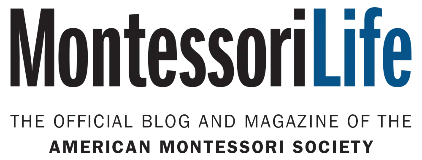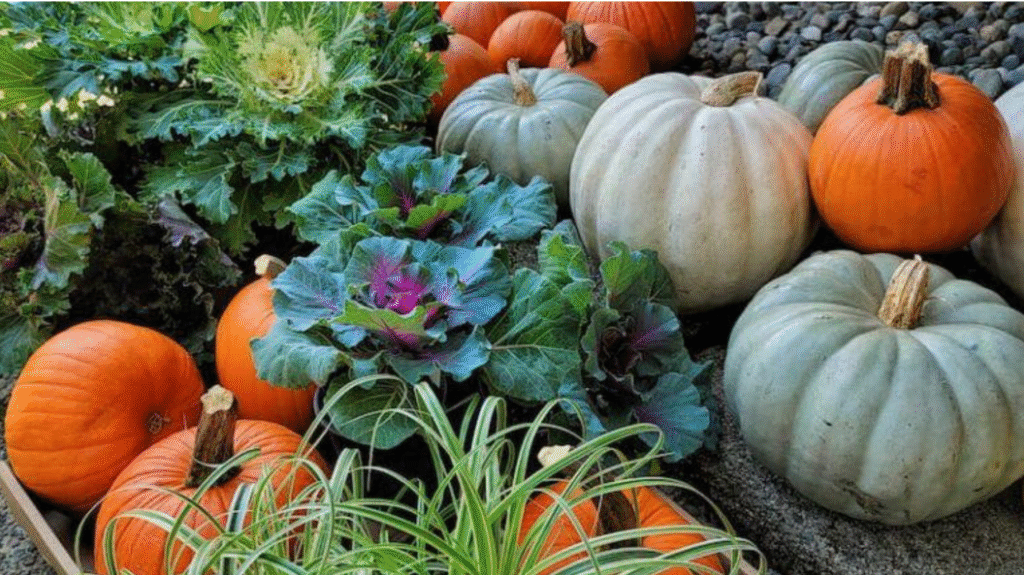With the Thanksgiving holiday approaching, many teachers are making plans to observe and/or celebrate with their students: perhaps through history lessons, arts and crafts projects, or even cooking, baking, and sharing a meal together. At home, families may be planning gatherings that involve travel or hosting guests. At such a busy time, with often frenetic schedules, it is all too easy to lose sight of what matters most on a day that is, by definition, a day for giving gratitude.
The ways in which Americans observe and celebrate Thanksgiving have come under scrutiny in recent decades due to the historical inaccuracies that define its origins, as well as the lack of attention or sensitivity to the impact of related events on Indigenous peoples, both past and present. Thanksgiving has also become associated with hyper-consumerism, including the over-consumption of food, at a time when so many around the world—indeed, even within our national, statewide, and local communities—face food insecurity daily. This includes the importance given to the day after as the traditional opening of the holiday shopping season (Black Friday) with its weeks-long shopping frenzy.
We recently explored alternative approaches to Halloween that are in keeping with Montessori philosophy; in this article, we offer suggestions for how teachers and parents can observe Thanksgiving in ways that (1) correct stories of “Pilgrims” and “Indians” and (2) divert the focus from consumerism to productive, engaging activities that are both inspiring and academically fruitful.
Preparing and Sharing Food
Teachers might opt to share a Thanksgiving meal (sometimes referred to as a “feast”) with their students. While this can be an enjoyable activity, and we do not discourage it here, extending it beyond the act of eating can impart meaning and important lessons:
- Have children help with the planning, organizing, preparation, and clean-up.
- Make the meal a potluck in which children bring something representative of their families’ cultures and traditions. Discuss the food’s significance.
- Change the focus from a “feast” to a “tasting.” Given that many, if not most, of the children in our classrooms will have access to, and may consume, a large amount of food over the holiday, provide a small sampling of a few choices rather than a plate heaped with food,a good deal of which might end up in the compost or trash.
Bringing attention to the topic of waste associated with holidays is developmentally in line with the Elementary-age child’s emerging moral thinking and outward, global perspective. Discussions about food insecurity experienced by members of our own communities can provide meaningful lessons and a switch in thinking from “getting” to “giving.”
To this end, contributing to community members in need is an age-appropriate and potentially impactful Thanksgiving activity, especially for Upper Elementary students:
- Have students research and contact community resources in need of contributions. What do they need to help disadvantaged community members partake meaningfully of the holiday?
- Students can arrange a food drive within the school community, then collect and organize the contributions.
- Students might enjoy baking pumpkin pies from scratch (a great practical life activity in and of itself) for community organizations. It is ideal if the school/classroom has a functioning kitchen; if not, students can prepare their pies at home and bring them to school for delivery.
- Have students deliver the food themselves (this might involve utilizing a bus or parent volunteers). It is important and impactful to see where one’s work is making a difference.
- Ask an employee at the organization(s) to talk to the students about the work they do. This raises students’ awareness of the needs of the community and the variety of services available therein.
- Give students closure by:
- debriefing at the end of the deliveries/presentations. This author’s students have gained important insights from these visits, as shared during discussions.
- following up with journal writing, drawing, or another reflective exercise expressing personal gratitude.
From a variety of practical life experiences, such as “going out” and community service, this activity has meaningful connections to Montessori philosophy.
History—Accurate and Respectful Lessons
In 1986, President Ronald Reagan proclaimed November 23–30, 1986, as American Indian Week. Four years later, President George H. W. Bush declared the month of November as National American Indian Heritage Month, also known as Native American Heritage Month. And while the Biden administration designated the second Monday in October as Indigenous Peoples’ Day beginning in 2021, it is not yet a federal holiday. Still, October and November, and Thanksgiving in particular, are timely entry points for studying the cultures of the First Americans.
In an interview with the National Education Association (NEA), Dr. Star Yellowfish, Director of Native American Student Services for Oklahoma City Public Schools and a member of the Keetowah Cherokees, gives advice on how “teaching truth, and learning from it, helps us honor all of our students and build stronger relationships with each other.”
- Younger children can learn about how the Wampanoag and English leaders met for three days in talks about how to conduct future interactions.
- Older students can participate in a deeper discussion about ideas of diplomacy, political alliances, and leadership.
The underlying lesson is “how two extremely different communities worked together to coexist and how we can learn from that … even though the relationship was temporary and often strained…”
Specific to Thanksgiving, Dr. Yellowfish offers the following meaningful lessons for students:
- Use Wampanoag and English Separatists in place of Indians and Pilgrims. “As responsible educators, we need to encourage our students to use more accurate terms.”
- Study the Wampanoag, “who were instrumental in helping the English survive.” Students need to recognize that Wampanoag people exist today.
- Research local Native tribes (there are over 500 tribes in the U.S.). Invite a tribe member to give a presentation to your class.
- Help students understand the importance of the harvest to Indigenous cultures. Explore the role of the three sisters—corn, beans, and squash—in Native cultures.
Dr. Yellowfish discourages such activities as giving out Native names or making paper feathers for Thanksgiving props or decorations. She explains that names are special, private, and given in reverence, while feathers, considered sacred, must be earned. [Note: The NEA has links to a variety of culturally inclusive lesson plans and teaching resources.]
Teachers and parents can avail themselves of a number of other resources for accurate, culturally inclusive history lessons focusing on Thanksgiving and Indigenous cultures:
- The Native American Heritage Month website has an extensive list of links to resources “designed for integration across humanities curricula and classrooms throughout the school year,” and includes primary sources.
- Lesson plans based on the National Geographic children’s book 1621: A New Look at Thanksgiving, by Catherine O’Neill Grace (includes an excellent list of teacher resource materials)
- Descriptions of ten Thanksgiving books for kids, written from the Native perspective by Native people
- The Smithsonian Magazine’s Thanksgiving from an Indigenous Perspective is a powerful essay on thoughtfully reframing Thanksgiving.
Celebrating Thanksgiving with children can be fun while remaining culturally respectful. By replacing the myth of Thanksgiving with factually accurate history lessons, we honor all our students by increasing their understanding of Indigenous perspectives and ultimately, we hope, forging strong relationships with other cultures. Additionally, by encouraging our students to focus on personal gratitude and giving back, and less on consumption, we help them to recognize the impact of their work toward the good of others—in the true spirit of both Thanksgiving and Montessori education.


